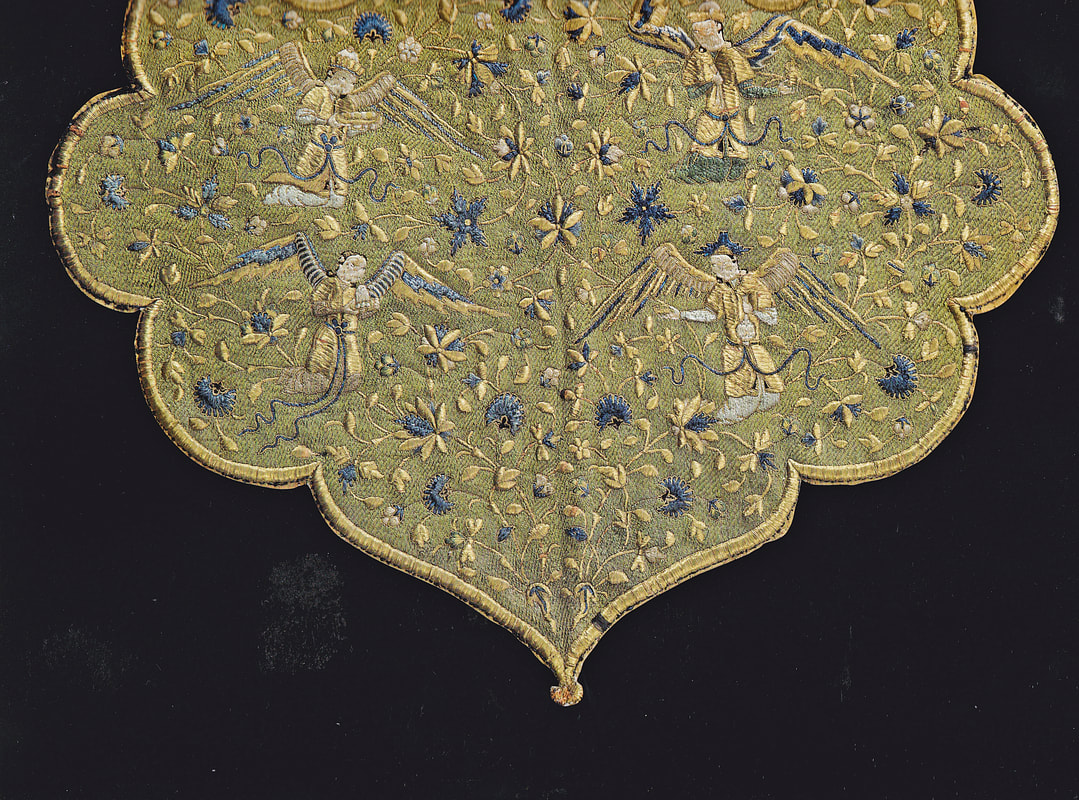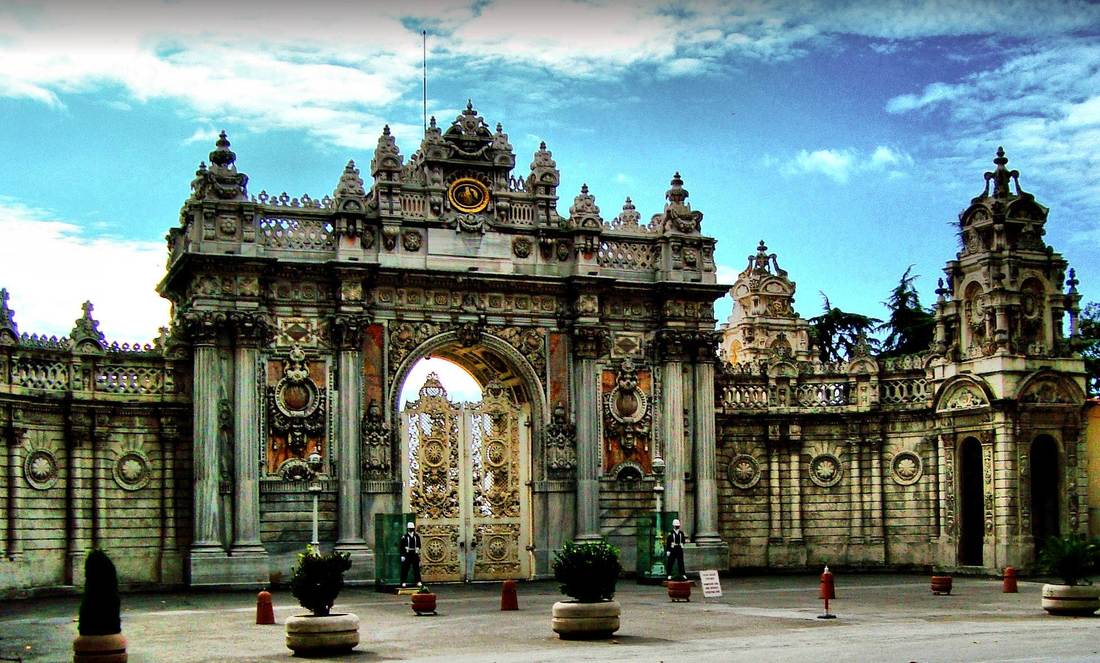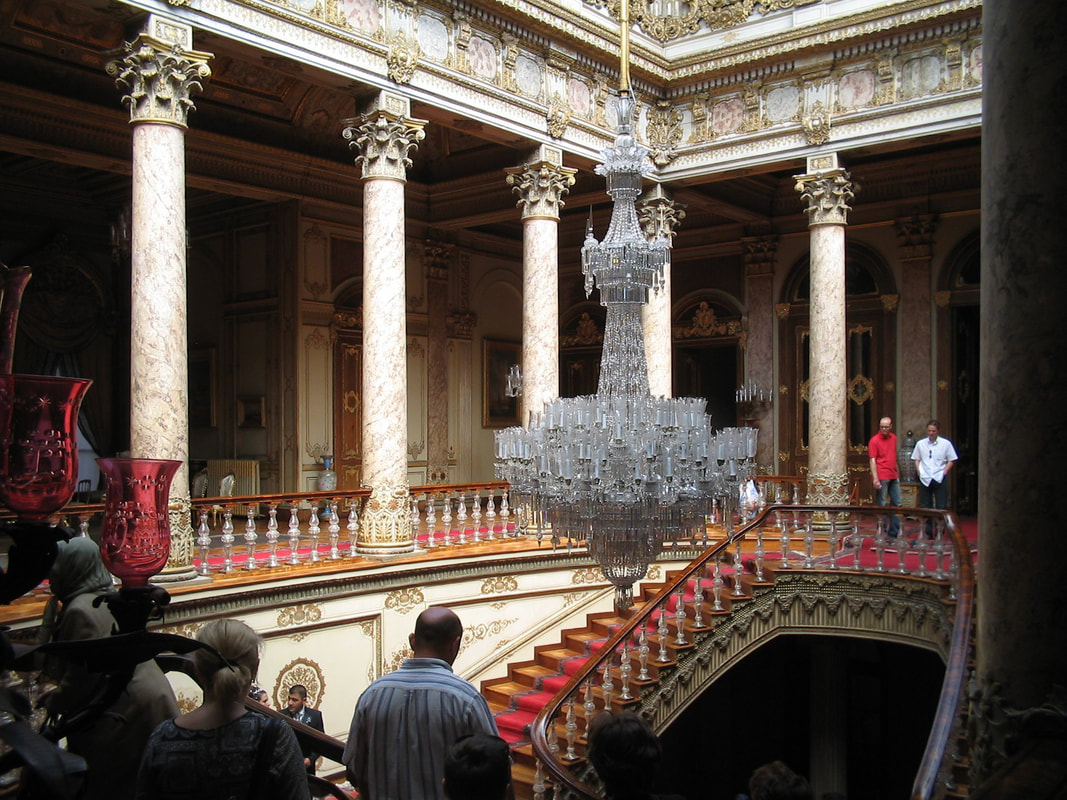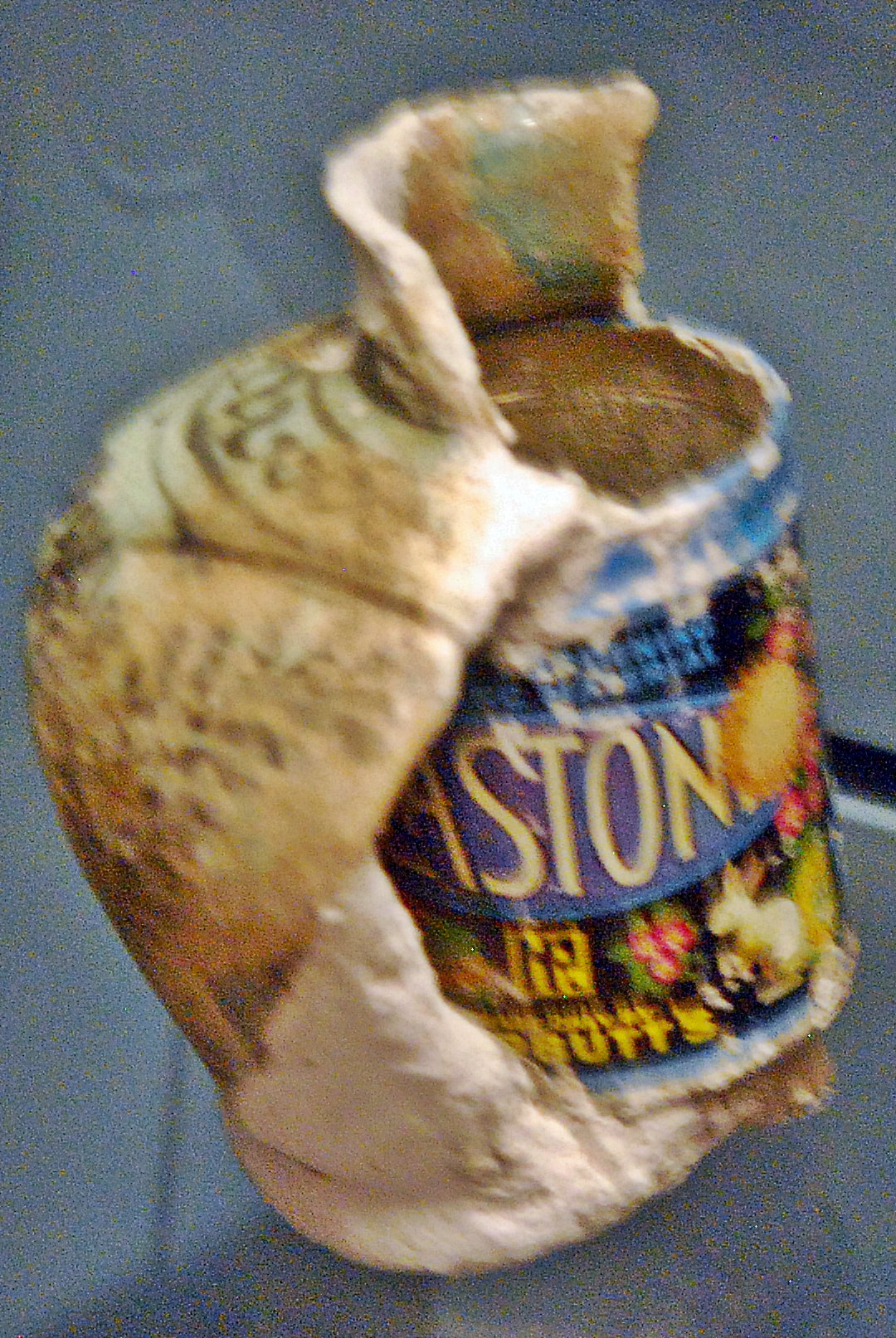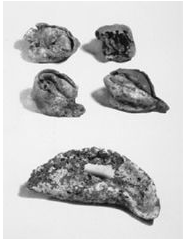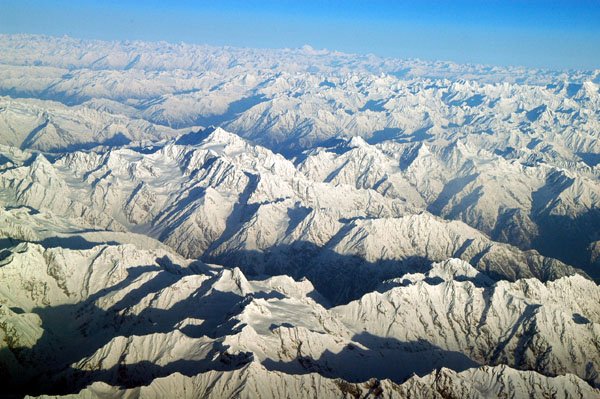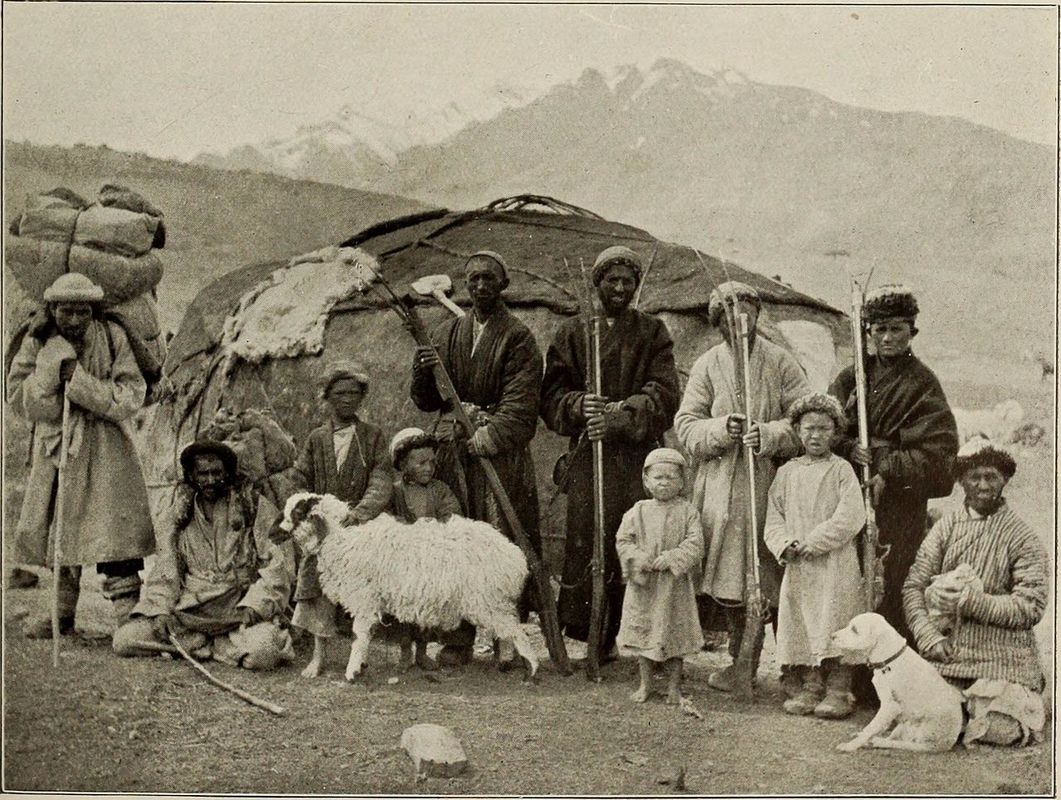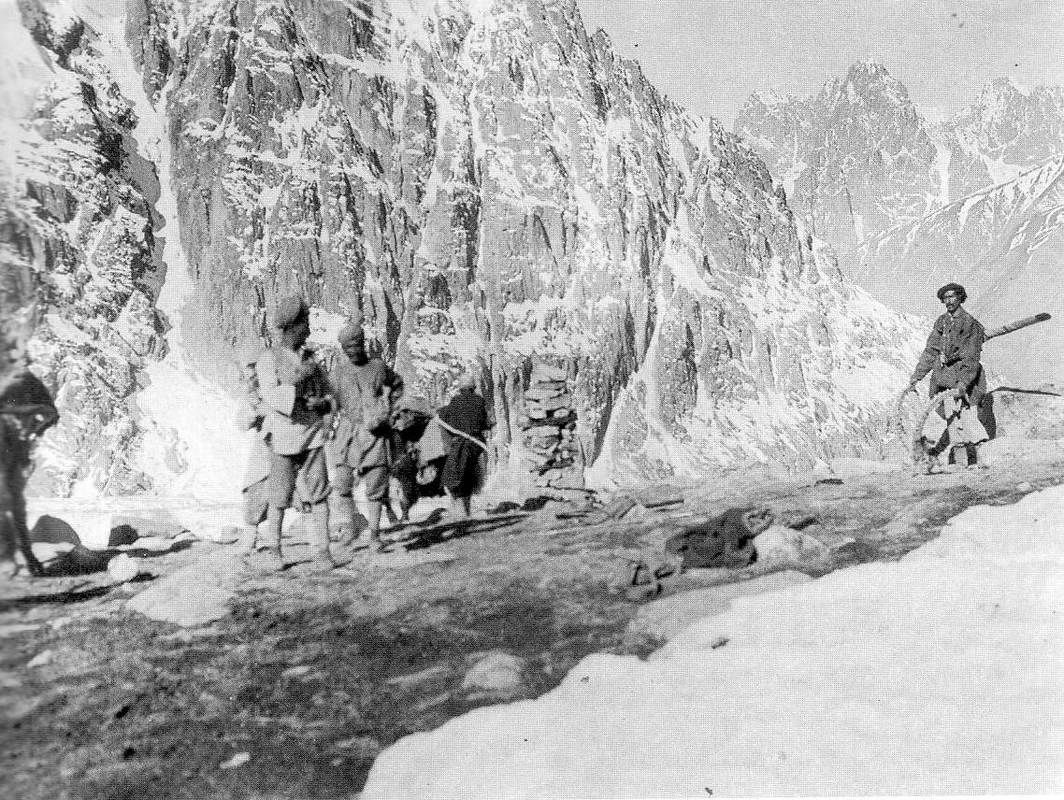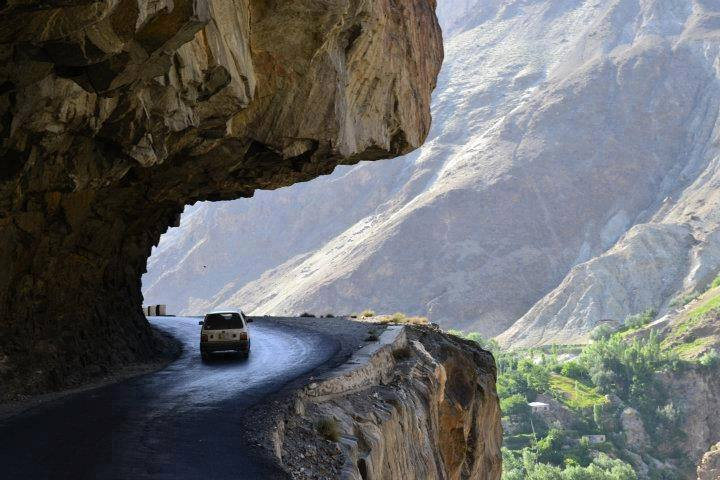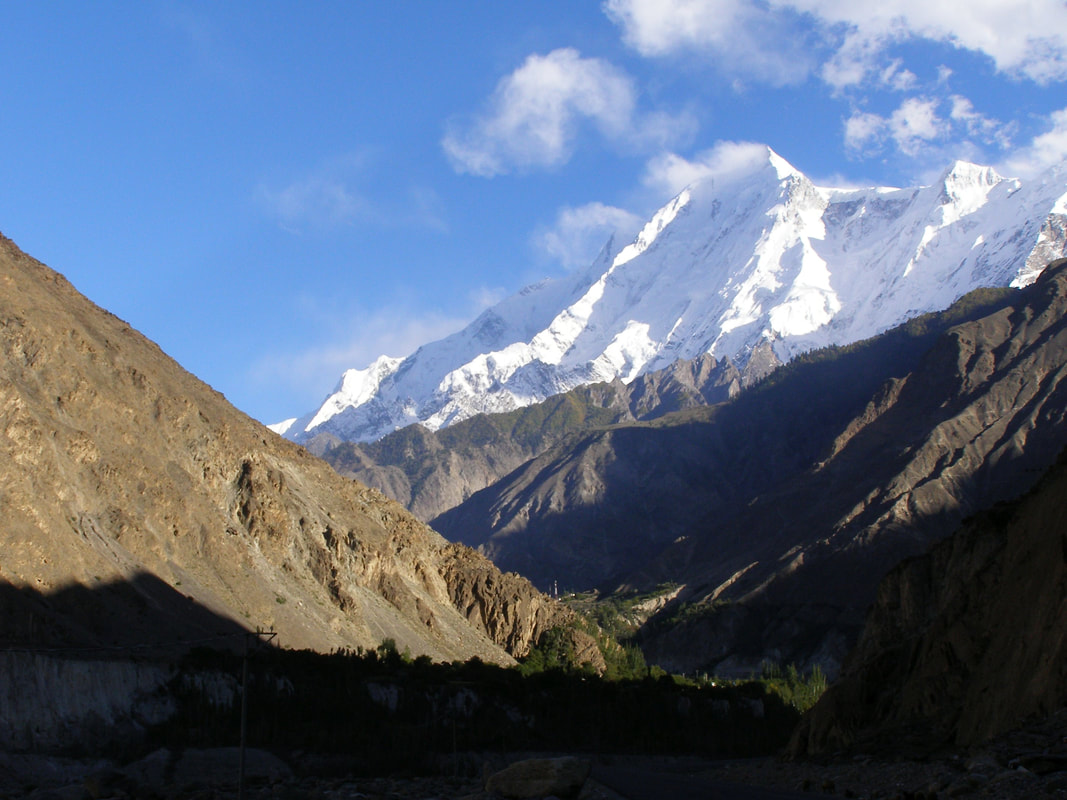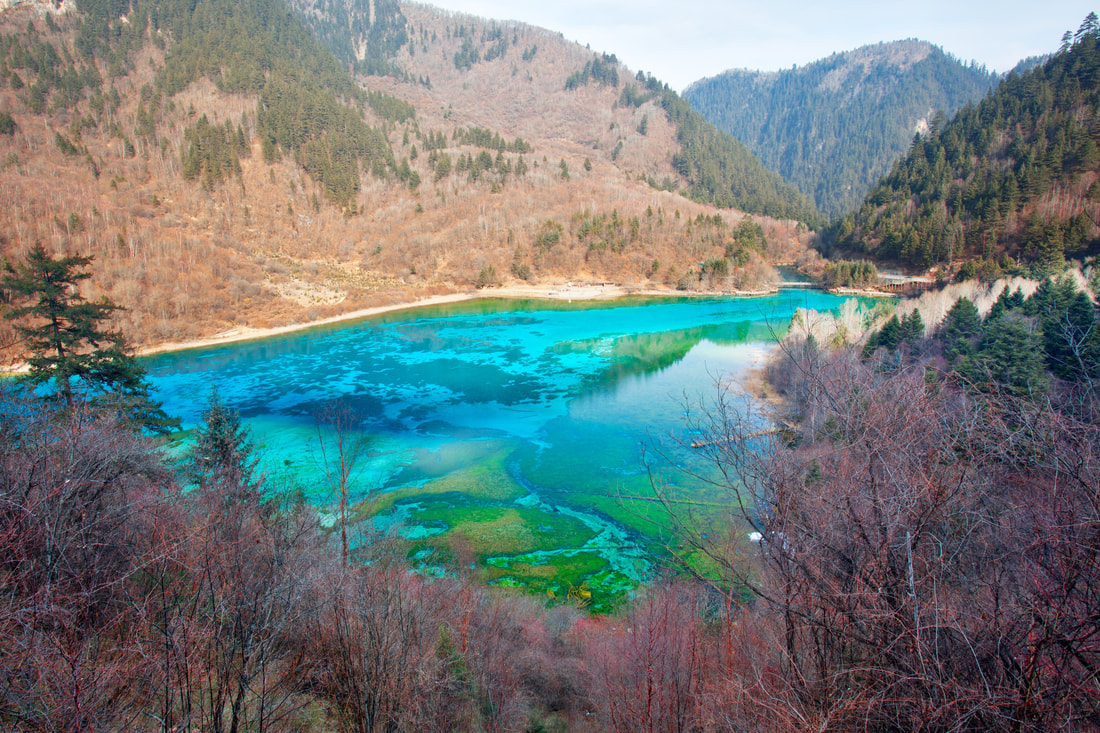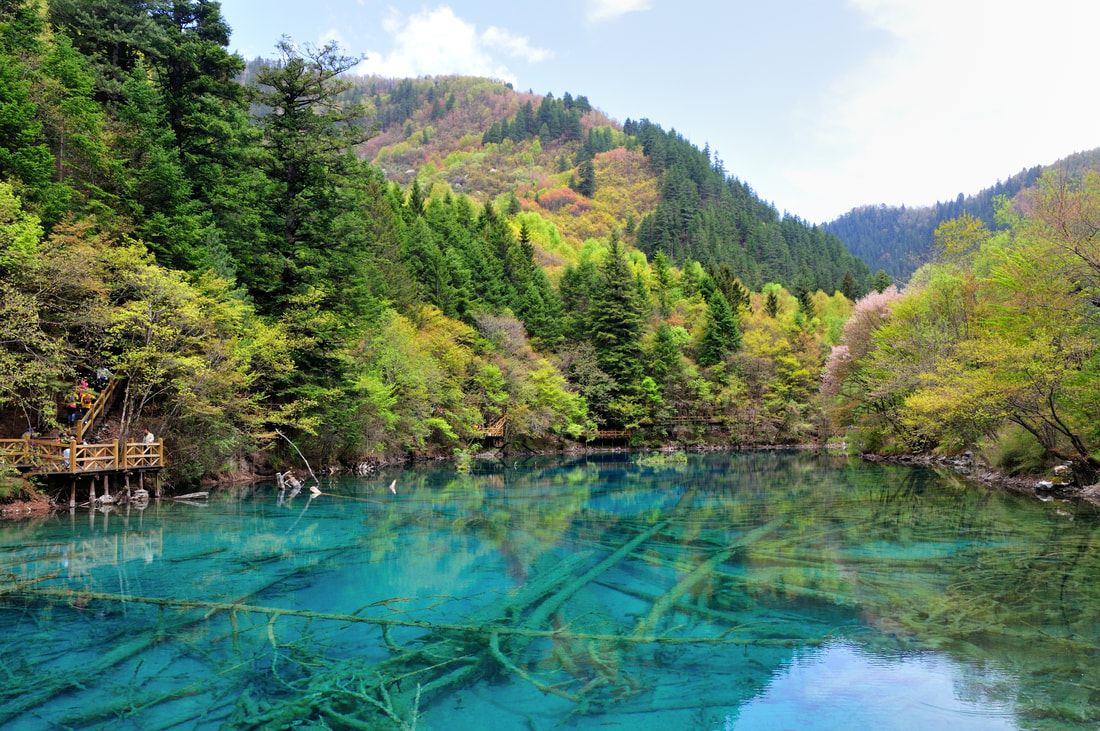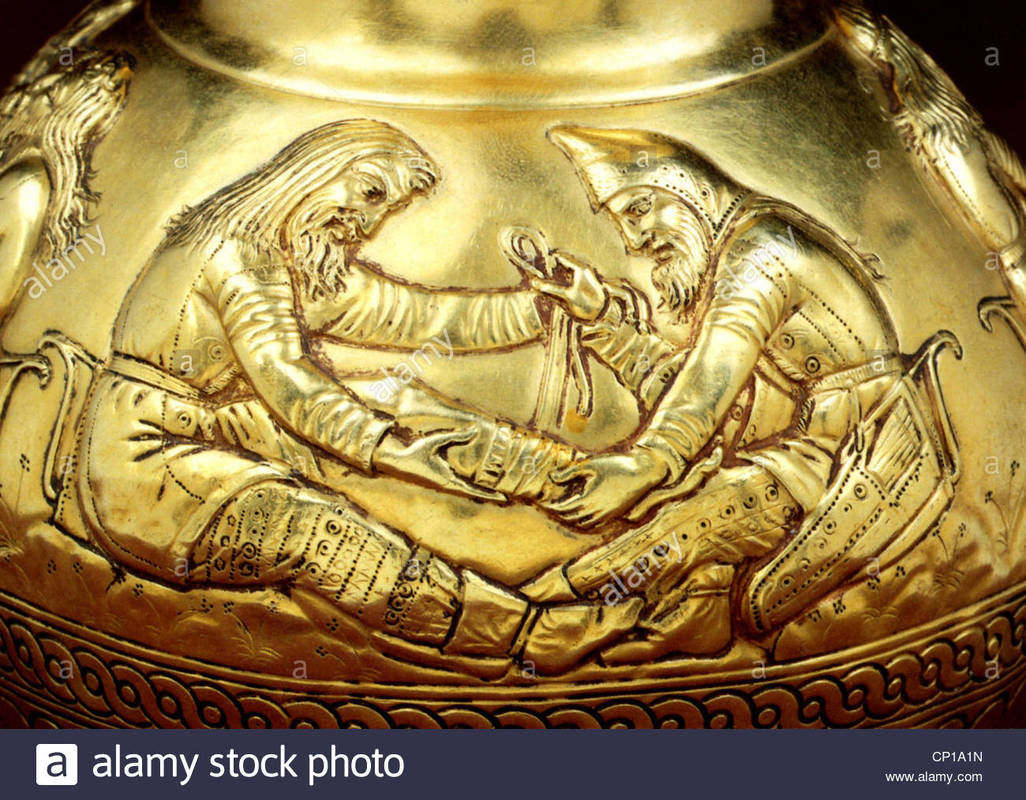At one of the museums I did some research at, the curator brought the fabric fragments I had requested out in a big stack of cardstock. She was apologizing as she put them down...."I know, I know, the preservation is awful and if we try to reverse it they will be ruined."
I took a closer look. Is that glue? No. Is that...deep breath...velcro?
Yup. Somebody many years ago got the bright idea to mount the rough side of velcro to a piece of cardstock and just stick the very old and fragile textiles onto it. Meaning that all the little 'hooks' in the velcro are now embedded in the textile. I'm not actually going to say which museum, because they are pretty embarrassed about it.
When I visited Istanbul and went to the room of Muslim relics, each 'sword of some companion of the Prophet' was an old sword blade fitted with a fancy scabbard and a fancy new handle with an jewels the size of an egg. There may have been some genuine relics, but they are all so covered in gilt, velvet and pearls that you can't tell. Lord deliver me from Turkish Rococo. I hate it so much.
There is a similar problem with one of the cloud collars at the Hermitage, but I'll show you that in the next post.
The reason I'm writing about ill-conceived conservation and restoration methods is that I've been editing the massive number of photos I took in Europe and I found one I had forgotten about.
I really love museums that put the objects in their collections into context for their patrons. It makes me all warm and fuzzy inside. So when I finished with my appointments in the textile study room at the Ashmolean at Oxford, I took some time to see the rest of their really wonderful collection. They had a display about conservation issues and how best practices change over time and are mostly carried out by people who love the objects and are trying to do the right thing. And they used items in their collection that had been improperly conserved.
And when I saw this next item, I kinda lost it. Just stood there and giggled for...awhile. I blame the six hours or so I had just spent counting threads and measuring stitch length in some truly fabulous garments.
So I saw it. And I did a double take. And then I read the placard and that's what set me off.
Such typically British understatement.
"Syrian ceramic jar 1200 to 1250"...okaaaay....
"poorly restored in the 1970s"
Anyway, finding the photo got me thinking about other ways that objects have ended their lifespan in forms that the makers clearly never intended. Which brings me to the cloud collar. I'll tell you about that tomorrow.
